How to… Win at Conferences


In this edition of ‘How to…’ we’re going to take a bit of different approach and talk about the wider context of your presentation. What do I mean by this?
In business, there are three typical types of presentations:
- Private, within organizations. This is colleagues all working at the same company presenting to each other.
- Private, between organizations. This is people from one company presenting to another. Typically, this might be a consulting firm pitching or presenting to their client.
- Public, at a conference or other quasi-public event, either paid or unpaid.
You’ve probably attended or spoken at a conference. Sometimes at really big conferences, there are multiple ‘tracks’ with several speakers talking at once. If you are in this situation, you are, in effect, ‘in competition’ with the other speakers for an audience. The question then becomes, ‘how do you win… at conferences’? The rest of this article will give you some tips on how to do this.
Disclaimer: Please consider this a menu of options. And like a menu, no one goes to a restaurant and says: “please can I have one of everything”. So, like a menu, pick the items that work best for you, given the context and culture of the conference, and your personal style.
Before the conference
I’m a freelancer, so I look out for any opportunity for third-party endorsement, especially from companies or organizations that have a stronger brand than me. Once the conference agenda has been published, I lose no opportunity to use it as an excuse to write to my contacts and tell them about it and, if appropriate, invite them. It is a great excuse to re-connect with your network in a gentle way. If you are using social media and feel comfortable doing so, you can even tag people in your posts about the conference with a “I hope to see you there …”
Be sure to invite people you know who will likely be there. Sometimes you can even offer them a speaker discount code. If you can, get a list of the delegates who will be there and write to them inviting them to your session. I must admit I’ve never done it this, but I know others who do. Handled badly, it can seem a bit creepy. Handled well, it can help remind people about your session so that when they arrive at the event and look at the programme they see your name and you have slightly higher name recognition than the others.
It is certainly legitimate to write to the other speakers under the guise of comparing notes, “so that we avoid duplication” to find out what they are talking about and invite them to your session.
At the conference, but before your session
These techniques work especially well if your session is towards the end of the conference and you have time to network beforehand.
Easy
The easiest thing to do is to use your upcoming talk as an excuse to talk to people. Think of a mini-elevator pitch about your talk and use that to frame a conversation:
You: “Hi, I’m …. How are you? Enjoying the conference so far?”
Them: “Hi, I’m…. Fine thanks. Yes.”
You: “What was your interest in coming to this conference?
Them: “….. What about you?”
You: “Oh, me? I’m here because I’m a speaker.”
Them: “What are you talking about?”
You: “Well, we’re going to cover [elevator pitch]” (it is good if you can use the W-H-Y technique here)
Them: “Sounds interesting”
You: “Why don’t you come along. My session is in … room at …”
If appropriate you can show them in their paper or electronic programme and get them to mark it.
Medium
If you are so inclined, a more advanced technique is to produce little business cards which talk about your session and give details of the time and place. Here are a couple of examples I’ve done before.
The first was for a business simulation workshop called Corporate Snakes and Career Ladders where Casilda Malagon and I created different characters in a virtual exec team that delegates would ‘meet’ and have to influence. Each of them even had their own Twitter account as part of the simulation.
This second was for a session I did with Mike Pounsford on new tools for change management, called Bushcraft for Change.
In both cases, the idea is to give people a physical reminder of your session, and also something that will intrigue them. In general, you can aim to hand them out like business cards when you meet people. As your session gets closer you can leave them on tables in communal areas or in the exhibition hall.
Advanced
A few years ago, I was a co-speaker at a conference with Michael Ambjorn. It was a large global conference and we knew we needed to do something radical and different to attract attention: there were a couple of ‘superstar speakers’ talking at the same time as us, so we knew the competition for delegates would be strong. We also knew that delegates liked innovation and the culture of the conference was such that we could try something new and different.
We had a series of mini badges made of the themes of our talk and started handing then out to people. We also had an Instax camera. In exchange for a badge (randomly chosen from one of our themes) they consented to having their picture taken and wrote either their Twitter or email on the bottom. If someone asked nicely, we would give them a second (different) badge and then people started comparing notes and wondering what it all meant. Delegates started to collect them and we would hand out new ones from time to time. A mini-badge trading marketplace soon developed.
Then, starting from a few hours before our session, we tweeted or emailed people whose photos we had and invited them to come and a) collect their photo and another badge they didn’t already have, and b) attend the session. Only those who were actually present got the rare final badge to complete the set.
The result? A full house and the most talked-about session at the conference.
After your session
The simplest way to do this is to give people a feedback form and invite them to leave their personal details. This gives you a chance to send follow-up materials, a written version of your talk, or links to other resources.
…
To be clear, not all these techniques are for everyone. Pick the ones that work for you, and the culture and context of the conference. But if you want to “win” at conferences, then these ideas might helpful.
But be careful: by using these approaches, you are raising expectations so make sure your presentation is a good one. If only there was a website full of free resources – some kind of presentation guru, perhaps? – that you could use to get fresh and powerful ideas.
Good luck!




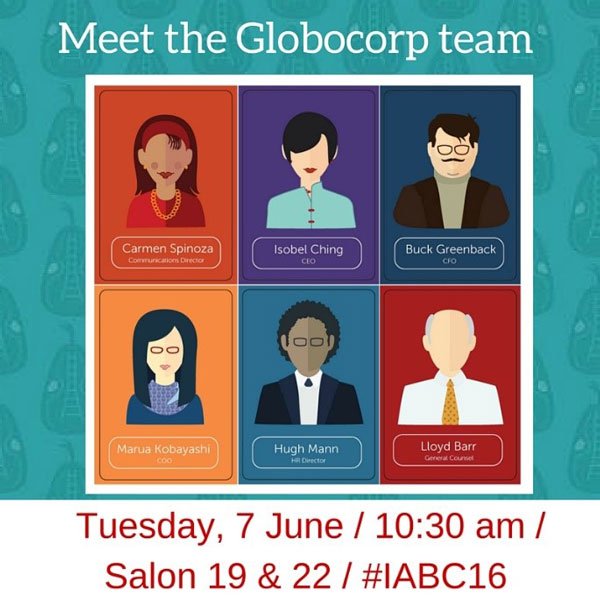
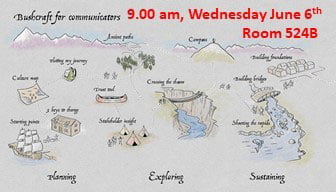





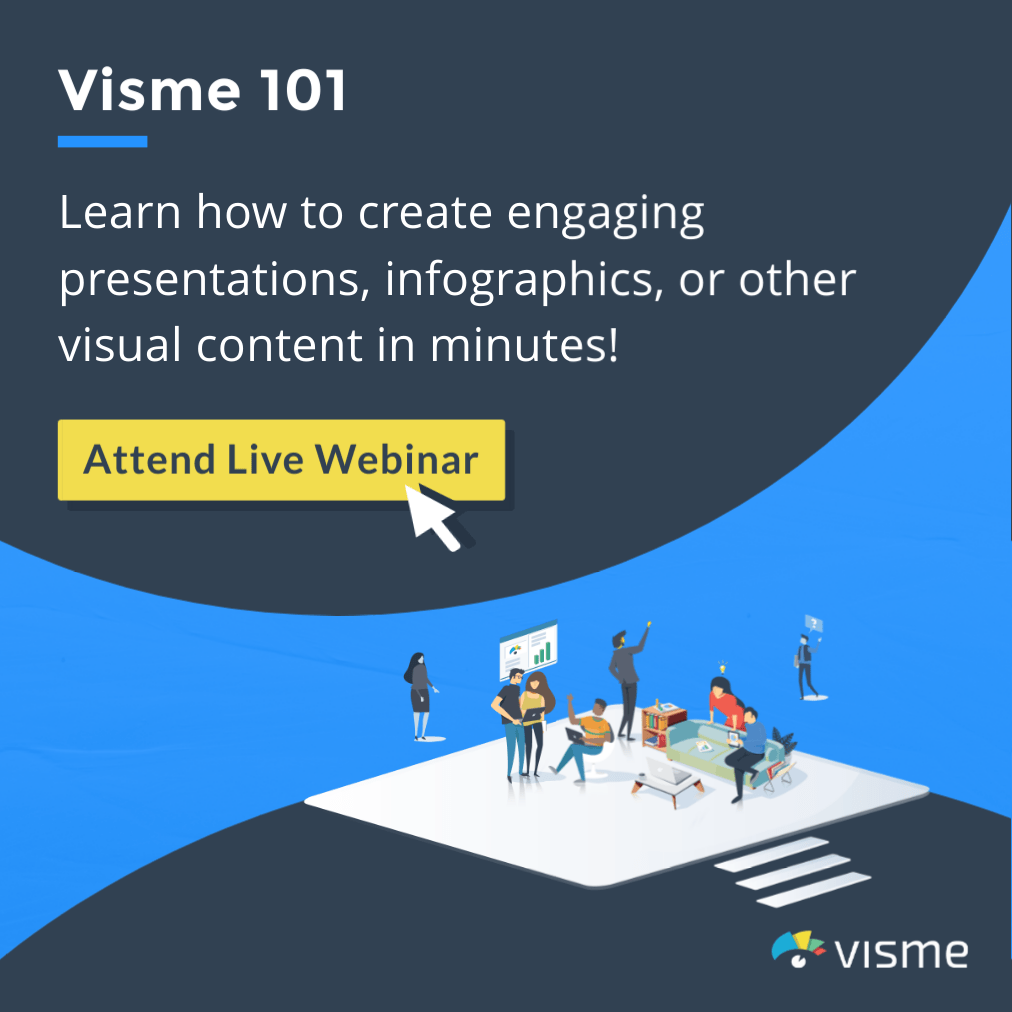
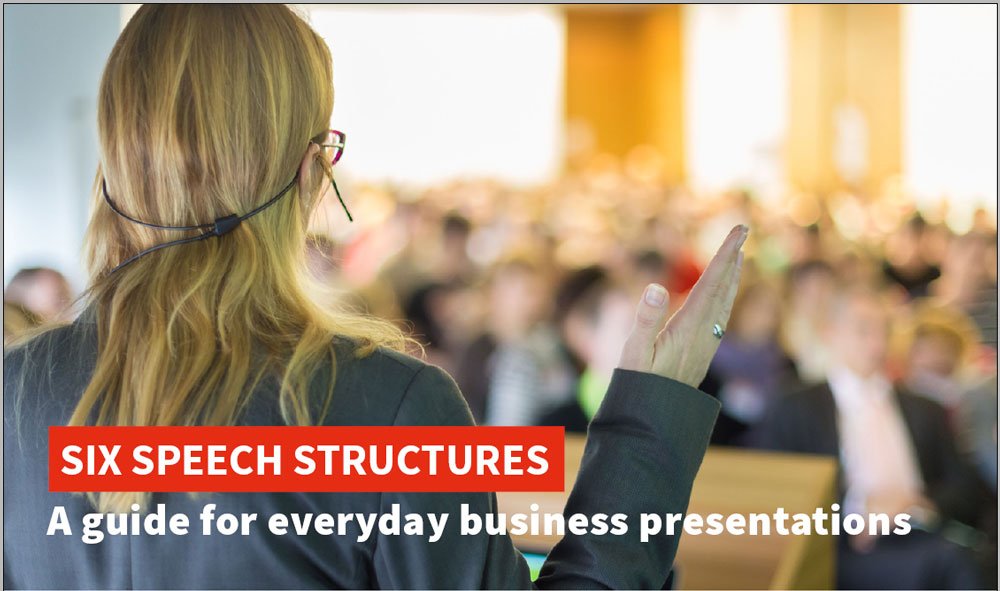
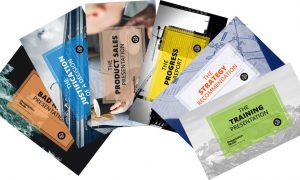



Ankit
25th September 2019 at 10:01 am
hi i came to this blog ..this blog is very nice on public speaking , here is also my blog on presentaion skills hope you will like.
Rosie Hoyland
25th September 2019 at 11:57 am
Thanks Ankit – we’ll check it out. If you ever fancy writing a post for us, get in touch.
Rosie